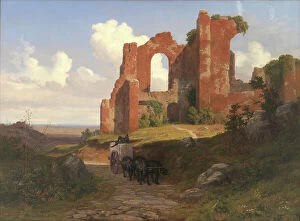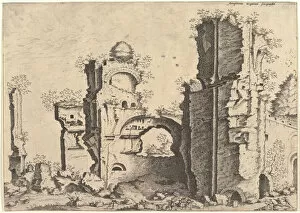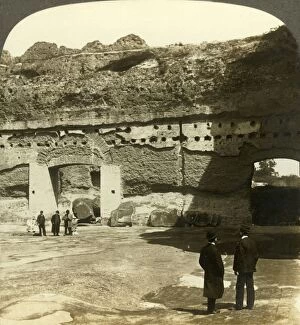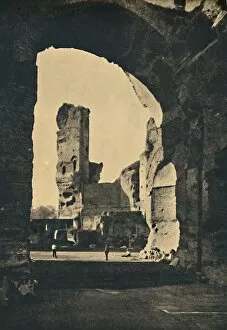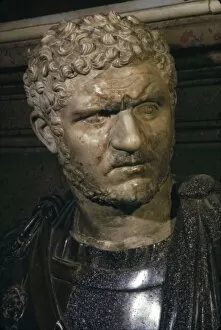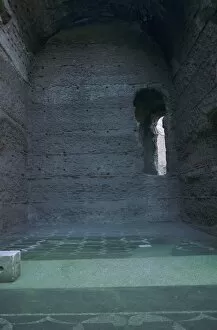Caracallus Collection
Caracallus, also known as Emperor Caracalla, was a prominent figure in the 3rd century
For sale as Licensed Images
Choose your image, Select your licence and Download the media
Caracallus, also known as Emperor Caracalla, was a prominent figure in the 3rd century. His reign left behind significant historical artifacts and landmarks that continue to captivate us today. The Baths of Caracalla stand as a testament to his grandeur and opulence, showcasing the architectural prowess of ancient Rome. These magnificent ruins transport us back in time, allowing us to imagine the bustling activity that once filled these halls. Coins portraying Emperor Caracalla offer glimpses into his appearance and reign. From aureus to denarius and sestertius, these coins were minted during different periods of his rule by unknown creators. Each coin tells its own story, shedding light on the artistry and craftsmanship of the time. One such aureus portrays Emperor Caracalla draped in regal attire with an air of authority surrounding him. This particular coin dates back to January-April 204 AD, giving us a glimpse into this specific period of his life. The ruins possibly depicting the Baths of Caracalla provide a breathtaking view into what was once a thriving hub for relaxation and socialization. The peristyle stands tall amidst crumbling walls, reminding us of the magnificence that once graced this place. Artworks from various eras further immortalize Caracallus' legacy. A painting from 1830 captures his likeness with intricate detail while photographs from later years showcase how these ruins have stood against time's relentless march. Whether it be through coins or architectural remnants like those found along the Appian Way or Rome itself, we are reminded that history lives on through tangible fragments like those left behind by Emperor Caracalla - forever preserving his mark on our world.

